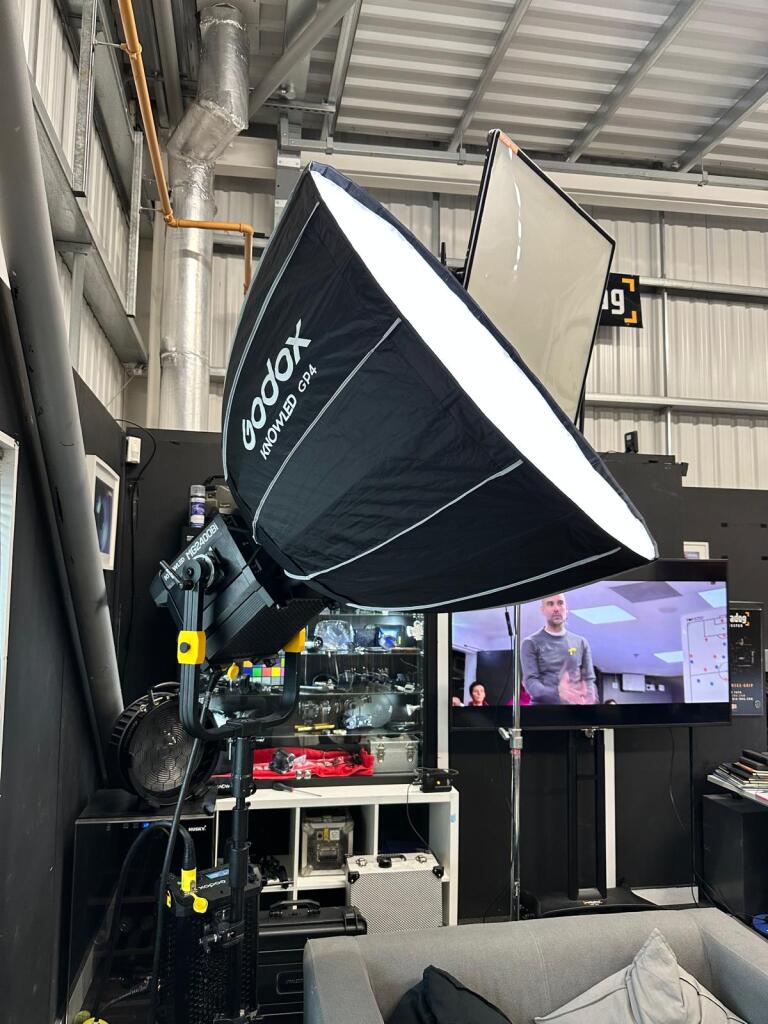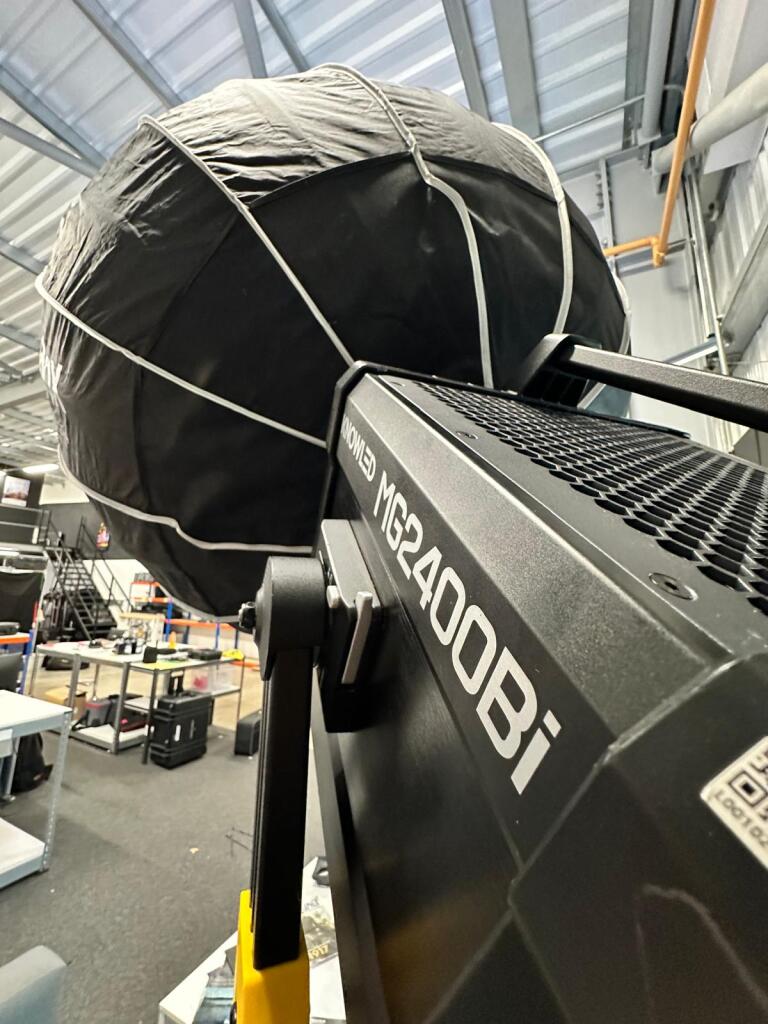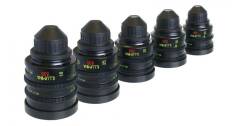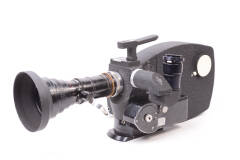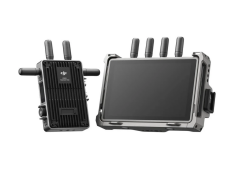Categories
A question we get asked a lot here at Media Dog is how to differenciate the different types of LED lighting available. Of course different brands use slightly different systems, but generally speaking they all follow the same pattern, so we’ve prepared a simple guide for what the name of the lights mean in a practical sense, and which one is the best for your shoot.
If you’ve ever browsed through our lighting range, you’ve probably noticed product names like Aputure 600D, 300X, or 1200D — but what do all those numbers and letters actually mean?
Understanding the naming system makes it much easier to choose the right light for your production. Here’s a quick guide to decoding their model codes.
What the Numbers Mean
The numbers (60, 120, 300, 600, 1200, 2400 etc.) refer roughly to the brightness or output class of the fixture.
- 60 / 100 / 120 series – compact, lightweight fixtures (great for travel or interviews)
- 300 series – mid-range power, ideal for small to medium sets
- 600 series – high-output units suitable for daylight fill or key lighting
- 1200 series – large, studio-level lights with serious punch
- 2400 series – absolute beasts
Generally speaking, the higher the number, the more powerful the light.
What the Letters Mean
Aputure uses a simple lettering system to indicate colour capability and LED type:
- D = Daylight (fixed ~5600K colour temperature)
- X = Bi-Colour (adjustable between tungsten and daylight)
- C = RGB (full-colour control for creative effects and gel simulation)
- R = RGB (Godox)
- Bi =Bi-Colour (Godox)
So, for example:
- Aputure 600D → 600-watt-class Daylight-only fixture
- Aputure 300X → 300-watt-class Bi-colour fixture
- Aputure 1200C → 1200-watt-class RGB full-colour fixture
- Godox 600Bi → 600-watt-class Bi-colour fixture
- Godox 300R → 300-watt-class RGB full-colour fixture
Choosing the Right Light
So you should just choose RGB right? Gives you more control and covers everything!
Well… no.
As with everything, there is a trade off, where adding more features means a sacrifice elsewhere. In this case, as well as increased price, you lose some of the output brightness, as the power input remains the same between a 300 Daylight and 300 RGB, but some of that power is now going into other features.
The Aputure 300D uses a single array of daylight-balanced LEDs tuned around 5600K.
All of its power is dedicated to producing that one colour temperature efficiently — which means:
- 100% of the LED output goes into brightness.
- The fixture can achieve maximum luminous efficacy (lumens per watt).
- There’s no need to split power or mix different LED types.
That’s why the 300D II can punch out roughly 70,000+ lux at 1m (with the Fresnel) — it’s pure, focused daylight power.
The 300X introduces bi-colour functionality, letting you adjust colour temperature from 2700K to 6500K.
To achieve that flexibility, Aputure uses two sets of LEDs: one tungsten-balanced (~3200K) and one daylight-balanced (~5600K).
When you set the light to any point between the two, it blends the output of both sets.
As a result:
- The total number of LEDs contributing to brightness at any given temperature is reduced.
- Some power is shared between the two LED groups.
- The fixture sacrifices a bit of raw output for colour versatility.
- It can vary between brands and input power, but we estimate about 20% drop in brightness from the D.
The 300C goes a step further, offering RGBWW (Red, Green, Blue, Warm White, Cool White) emitters for full-colour control and gel simulation.
This allows for incredible creative lighting, but:
- RGB mixing requires multiple emitters operating simultaneously to produce any given colour.
- The system prioritises accurate colour rendering (CRI/TLCI) and hue precision over sheer brightness.
- Some of the fixture’s total power is “spread” across the RGBWW channels instead of going entirely to white light output.
- It can vary between brands and input power, but we estimate about 20% drop in brightness from the X.
So while the 300C is the most versatile of the three, it’s naturally a much less powerful when producing standard white light.
This is true of all professional LED lights — not just Aputure.
Choosing the Right One for Your Production
- Go for the D if you need the brightest possible daylight source — perfect for exterior fills or key lighting.
- Choose the X when you need on-set flexibility to match tungsten interiors and daylight exteriors without gels.
- Pick the C / R for colour effects, mood lighting, or stylised visuals where versatility matters more than raw output.
At Media Dog, we stock all three models from various manufacturers (although predominatly Aputure and Godox), plus modifiers, Fresnels, and softboxes, so you can choose the best balance of power and flexibility for your shoot.
If you have any uncertainty feel free to give us a call and our team will be happy to help or advise which light best suits your needs, and gives you the balance of power and versatility required.
Using RGB LED Lights for our own filming project to create visually appealing colours:

Incredibly powerful Godox Knowled 2400 Bi-Colour LED Light:
